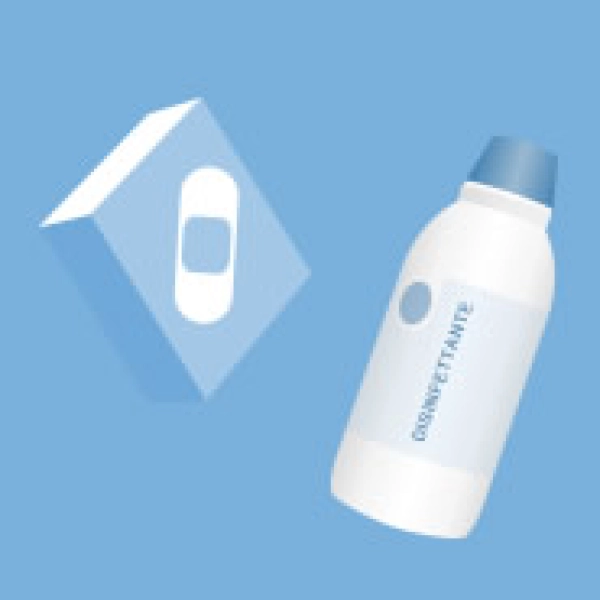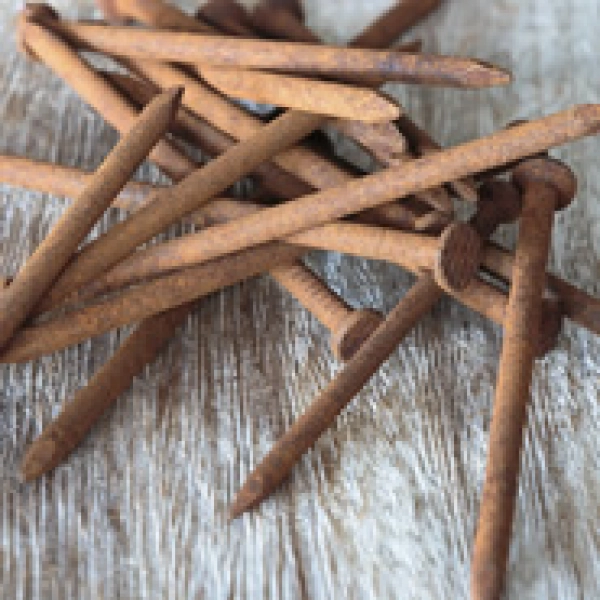

Not all bandages are for everyone. Traditional plasters - perhaps some of the most common over-the-counter products - are not always suitable for individuals with sensitive skin. But what does the term mean, exactly? "Sensitive skin" is a rather vague expression, but the accepted definition in the medical community is skin that easily reacts to physical or chemical agents with redness or a burning sensation, in the absence of a clear dermatological condition. In other words, sensitive skin has a harder time tolerating more aggressive products.
According to a study coordinated by Centro Studi GISED, approximately 40% of adults in Europe have sensitive skin, requiring adhesive bandages that can be removed in an easier, less painful way. To reduce any trauma that might be caused by ripping off a plaster, new-generation solutions integrate innovative adhesives - such as silicon-based technologies - that allow for easy removal, respecting the skin's delicate nature.
As we mentioned, some categories simply require less aggressive solutions by default. In children under three, for example, the epidermis is so thin it's only about half as think as in adults. Therefore, the skin is more exposed to alterations and less resistant to external mechanical, chemical and physical stimuli, including those caused by bandages. That's why, in the case of small wounds, children need a simple plaster that can be removed without pain or stress. Even the slightest alteration of the skin's barrier, caused by ripping off a bandage, can lead to irritation, dermatitis, erythema and, in extreme cases, even infection or allergic reactions.
The elderly are by definition subject to big and small issues tied to aging: once the organism's defence and balancing mechanisms start to fail, people become more vulnerable. The same is true for skin health. Skin frailty is a perfectly natural phenomenon in older people, but can be exacerbated by using walkers, for example, or when eyesight or cognitive skills worsen. These are the main risk factors for a weaker skin in people over 65 years of age, which require more delicate and safer bandages. One European study estimates that about half of the skin lesions occurring in elderly people are caused by careless bandage removal and random traumatic events, such as falling or bumping into the wheelchair or other objects, while walking or moving around. While this may be surprising, it proves how important it is for older people to choose solutions that respect the skin, even for the simplest, daily dressings.
Sometimes, a specific therapy can make the skin frailer. Usually it's a temporary side effect that emerges in the form of a skin rash (redness, blotches, blisters, hives, itching). You will need a doctor to make a diagnosis, but if your skin is stressed - even if you don't experience overt reactions - we recommend finding gentler bandages with less invasive adhesives. In this case, the skin's reaction is an indicator of its frailty as much as of the immune reaction our organism is putting in place, causing inflammation to defend us from external agents.



